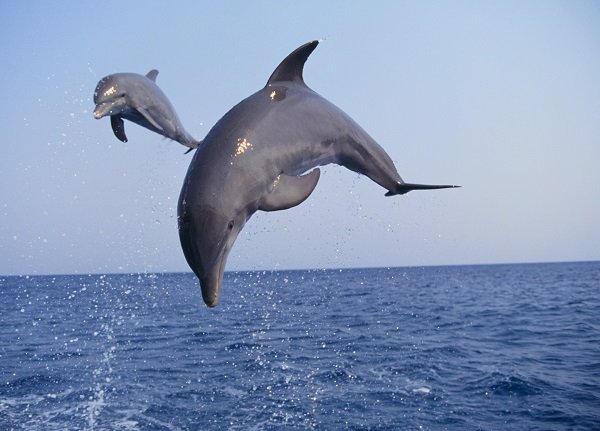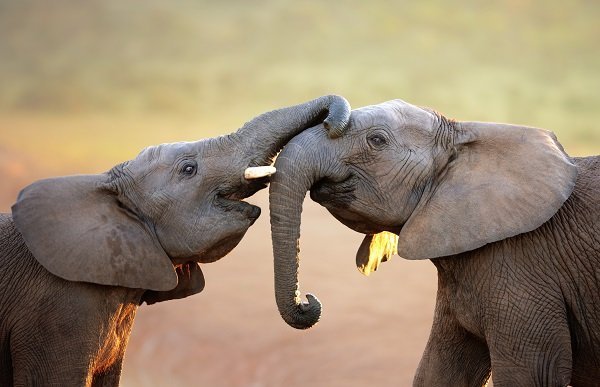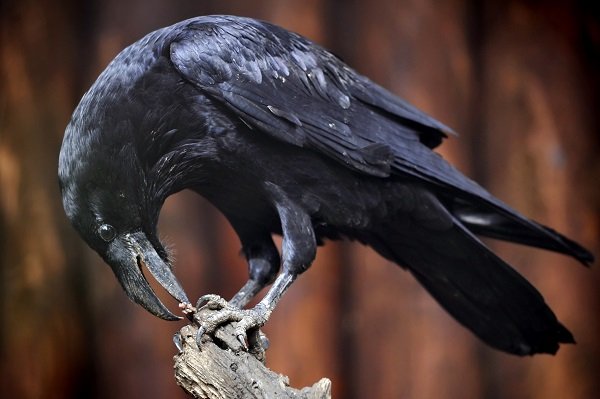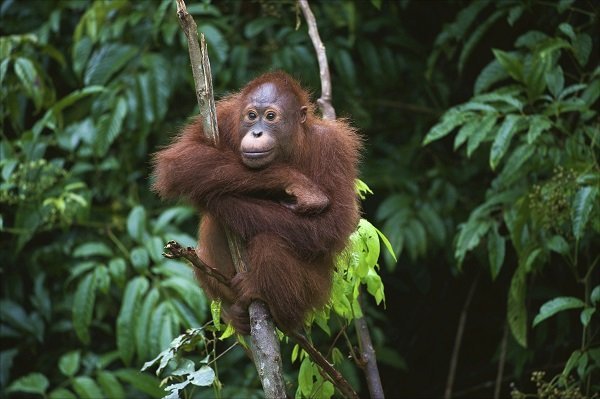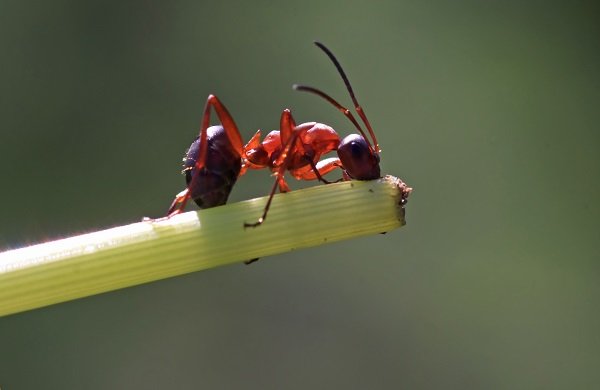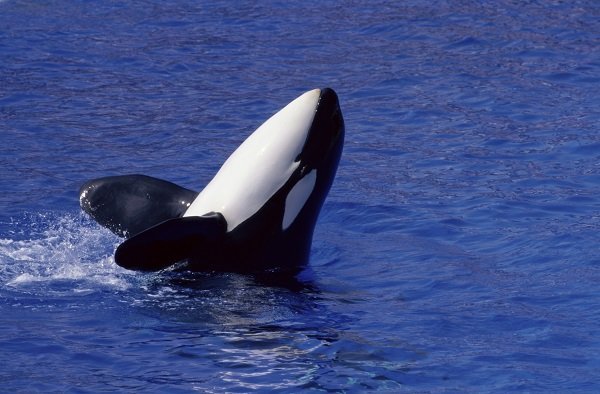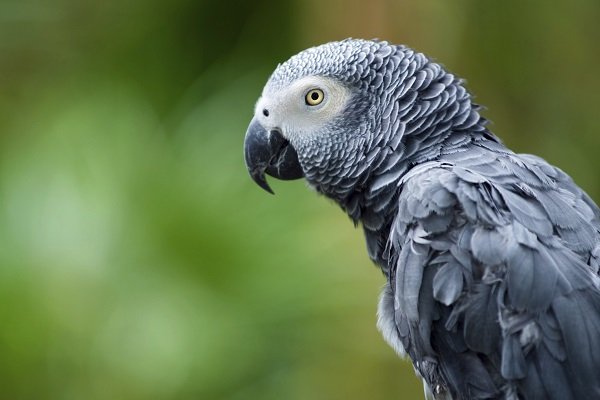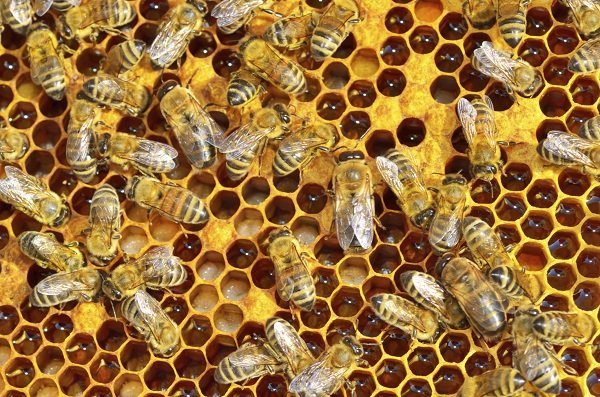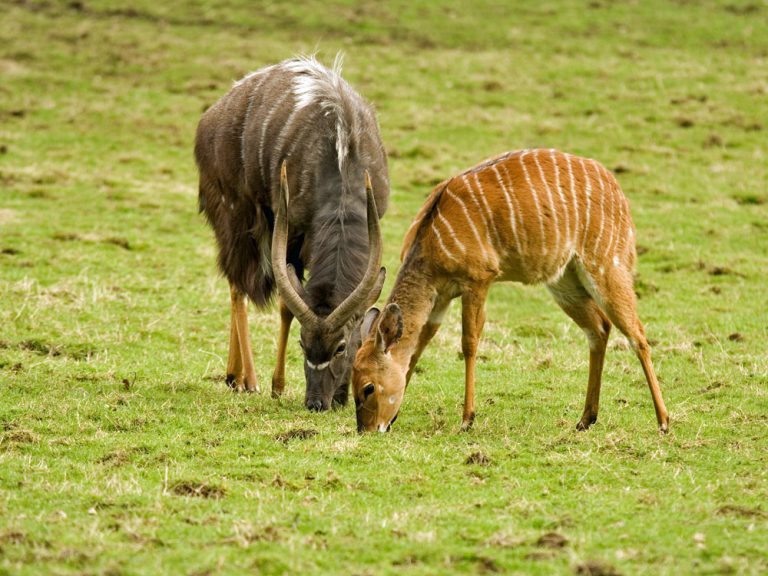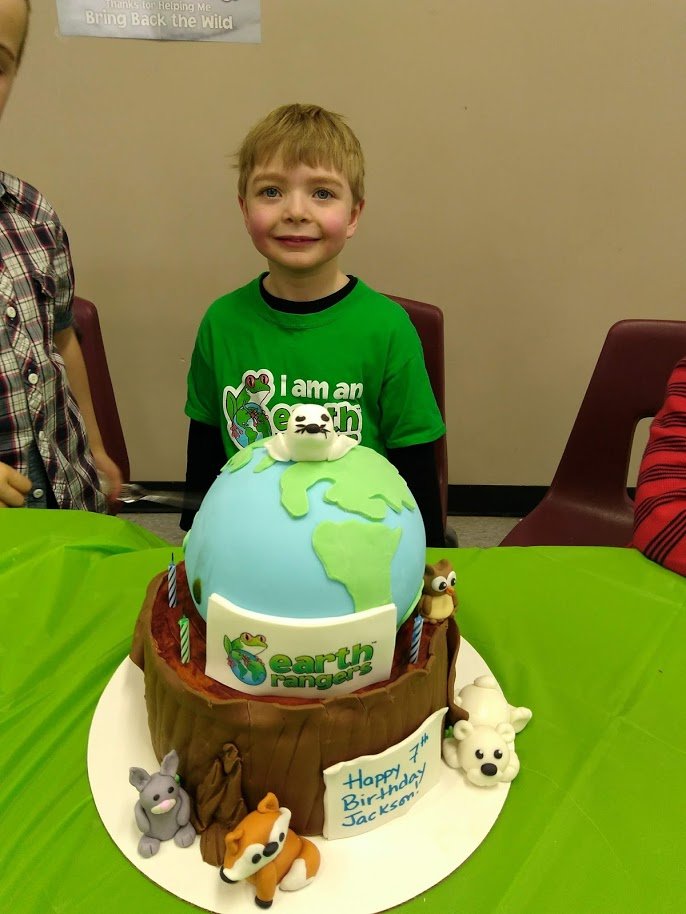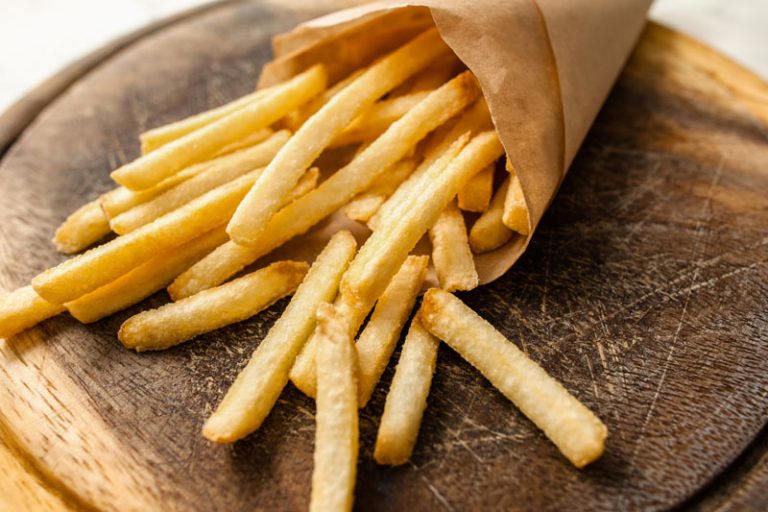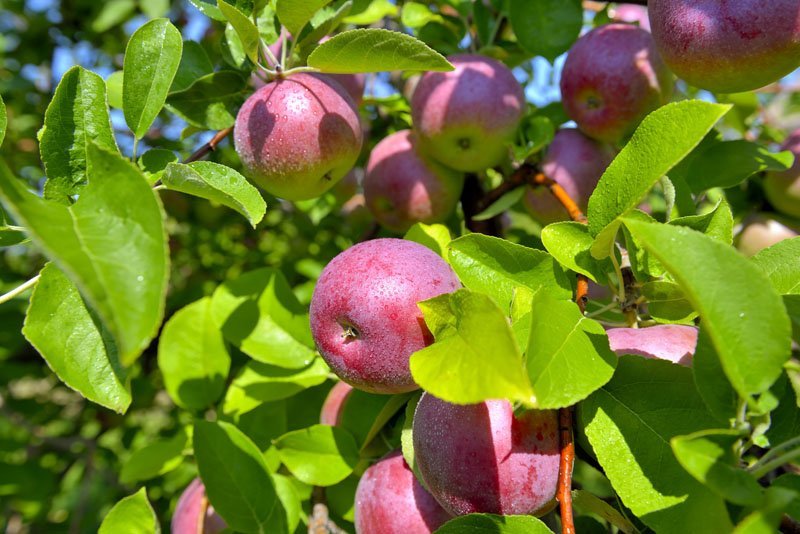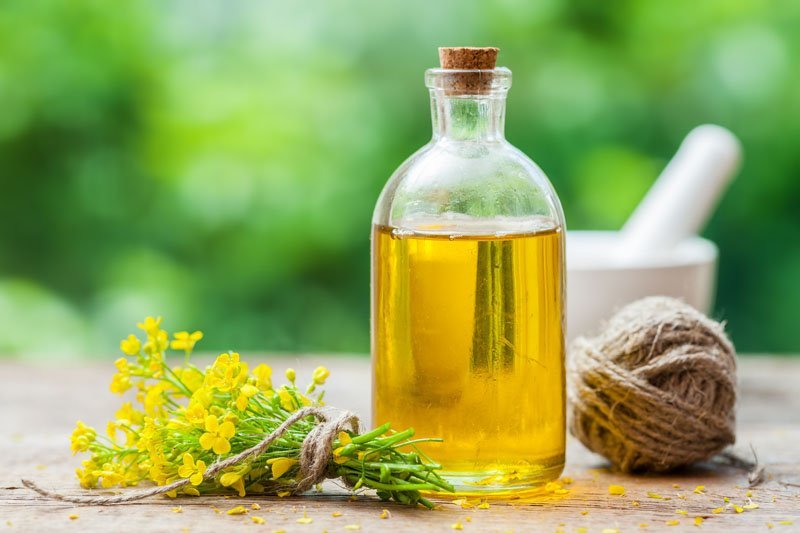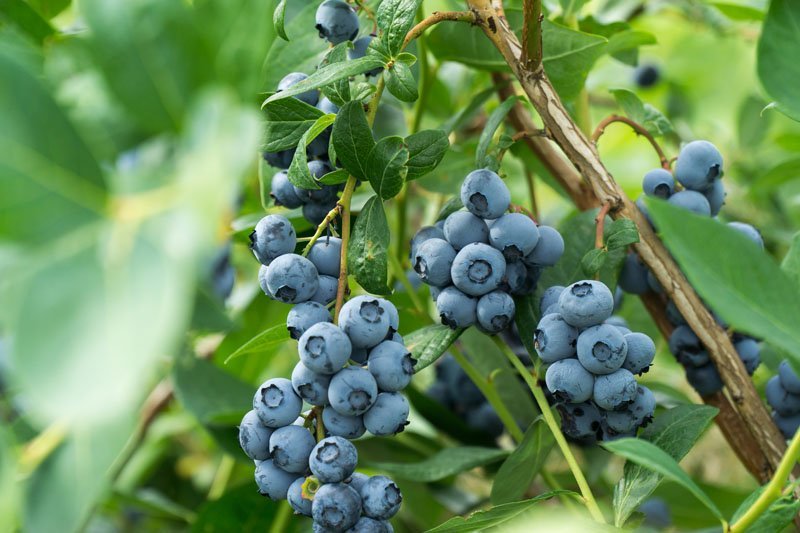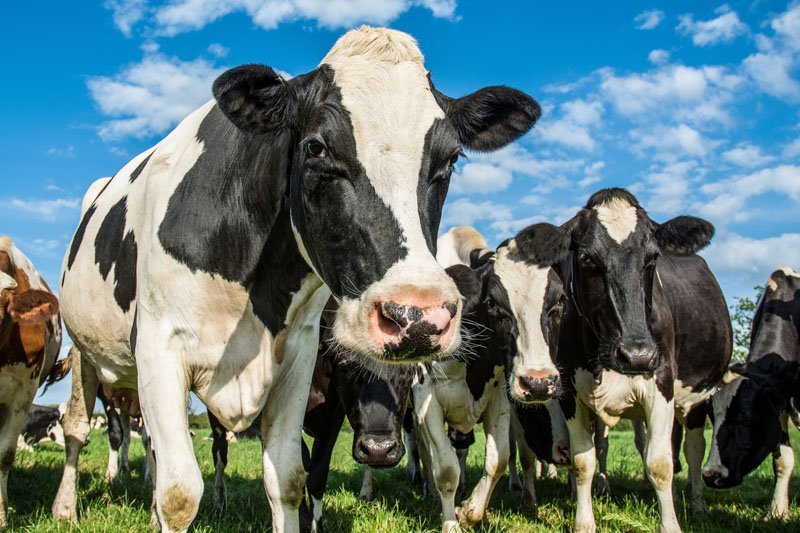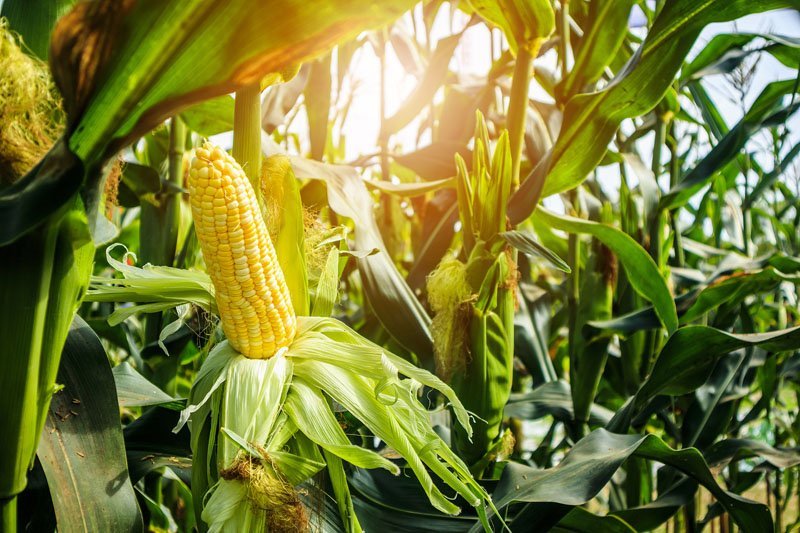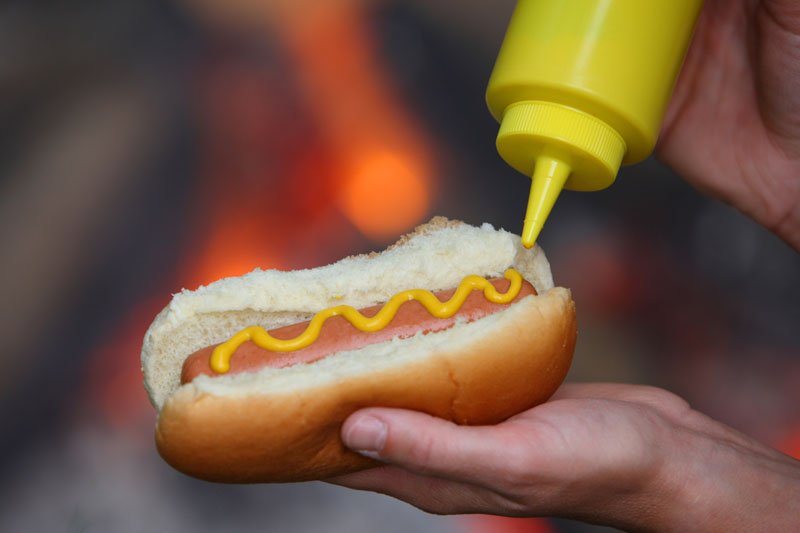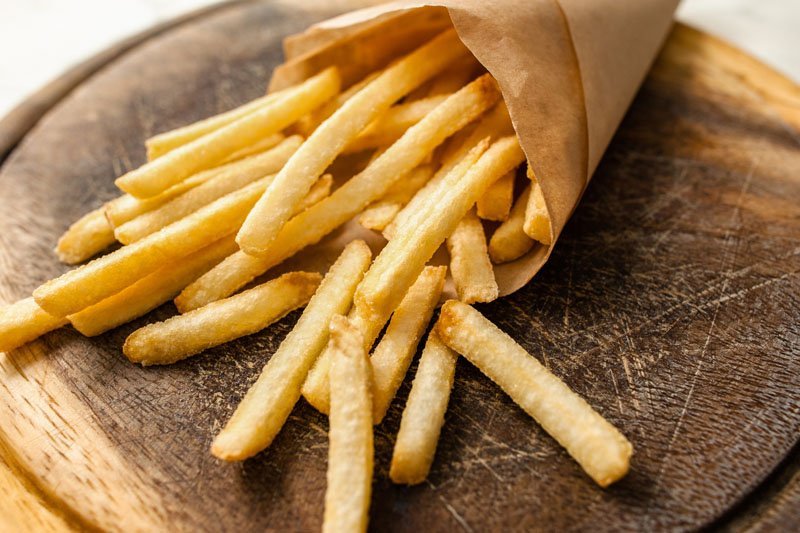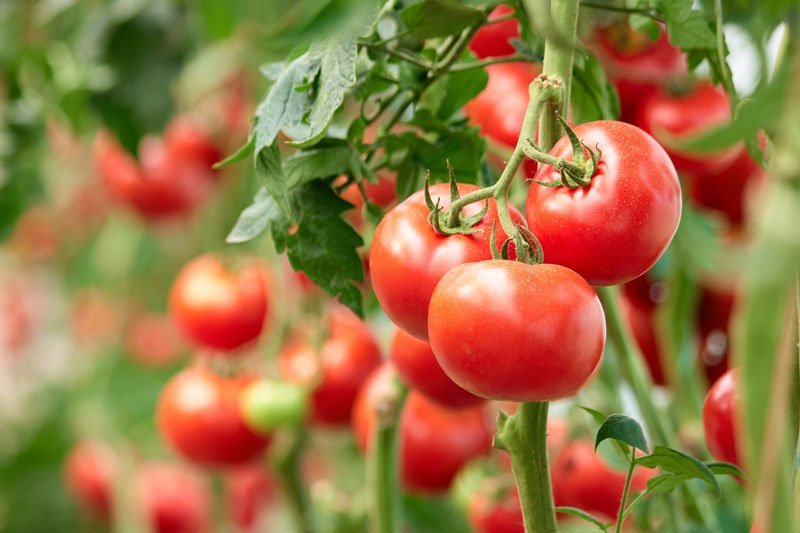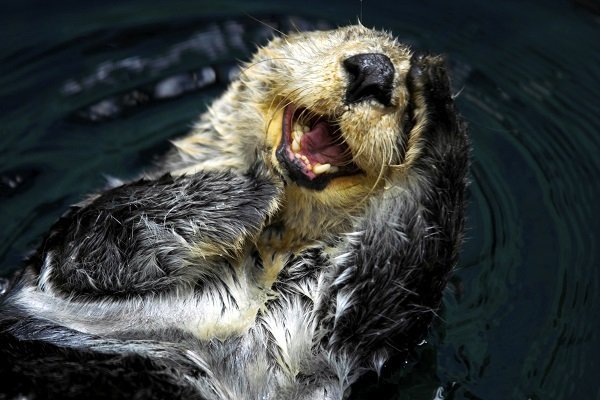Welcome back STEMologists! We’re on article 6 in our series and so far we’ve already learn how Science, Technology, Engineering and Math is being used to save rhinos, help farmers, clean up the ocean and save energy. Today, we’re going to be learning how STEM can be used at the zoo!
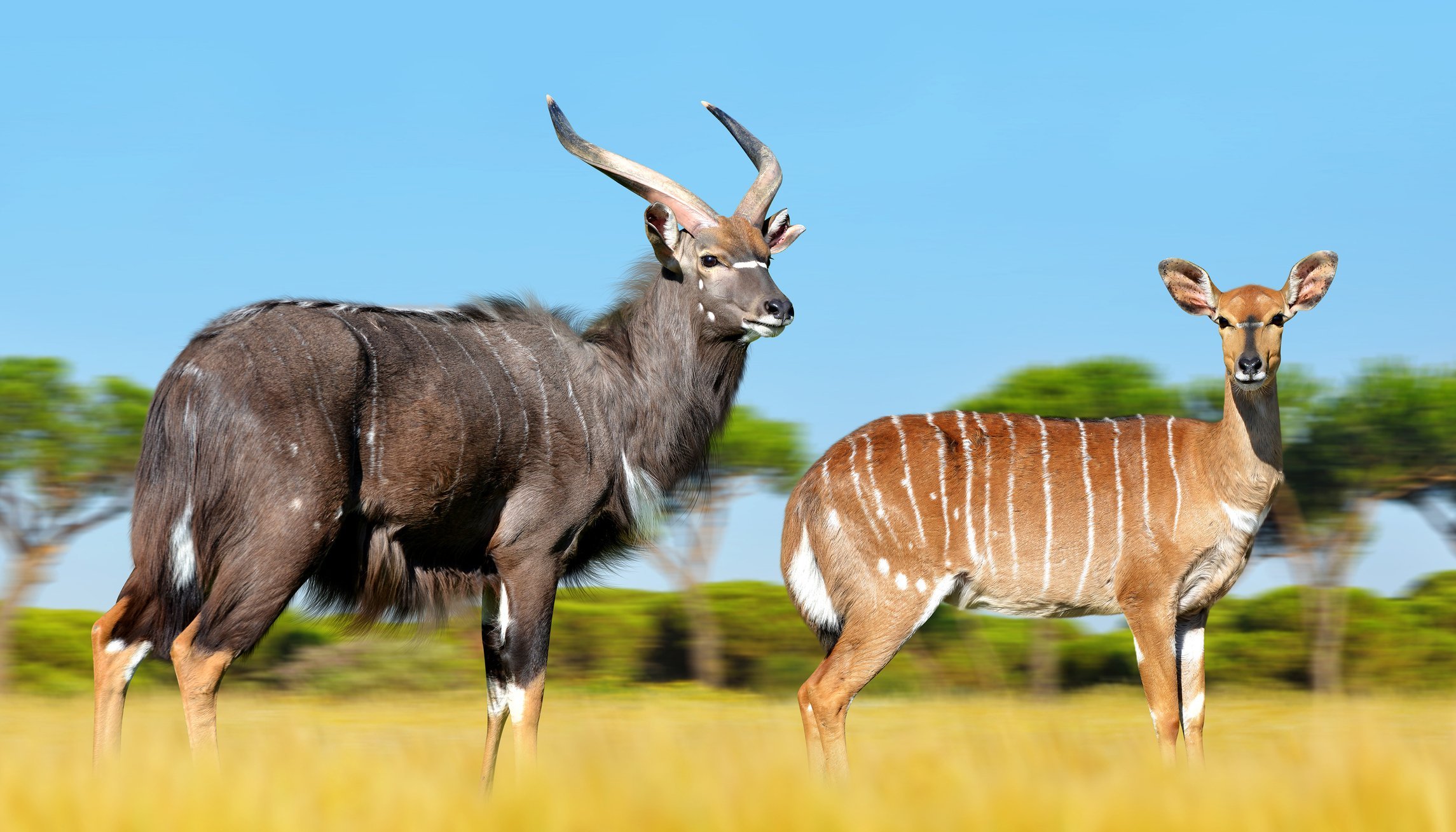
Have you ever heard of a nyala? It’s a type of antelope that’s native to southern Africa. It’s also a species that lives at the Marwell Zoo in England where it can get a little chilly outside. To help the nyala feel more comfortable, zookeepers started heating their indoor pens. But constantly running the heater wastes a lot of energy, especially if it’s on when the animals are outside. To solve this problem, the Marwell Zoo turned to the power of STEM!
Looking for the right tools
The Marwell Zoo teamed up with IBM to try and figure out a way to make the heater turn on only when the animals are in the pen. With a bunch of different technologies to choose from, they needed to decide which type would work best for them. They could attach sensors to the animals, or even use motion sensors, but in the end they determined that using thermal imaging and something called a Raspberry Pi would do the trick!
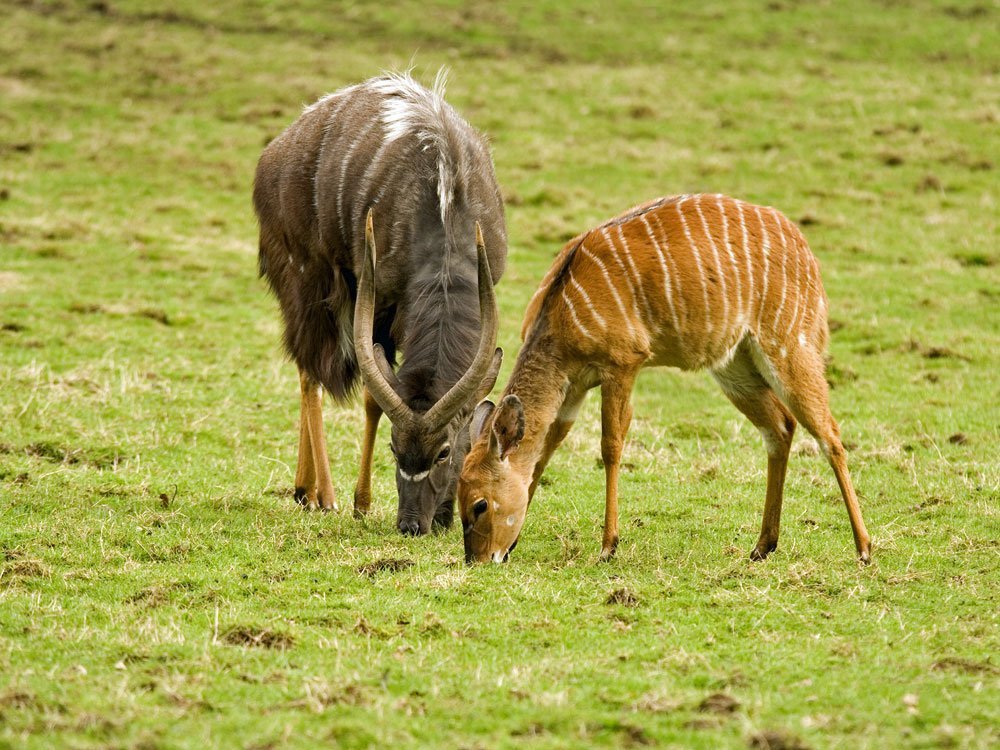
Keeping warm with Raspberry Pi and the ‘Internet of Things’ (IoT)
This Raspberry Pi isn’t a delicious pastry, but a teeny tiny computer. It was combined with a bunch of electronic boards, thermal (heat) sensors and a USB battery pack to create a super awesome nyala heating system!
The system uses data collected from the sensors, temperature readings and a special algorithm (a collection of steps that are used to solve problems) to tell if an animal is in the pen. If an animal wandered by or didn’t lie down, the heater would stay off. If the animal stayed in its pen, the system would send the data to Watson IoT Platform and the heater would stay on.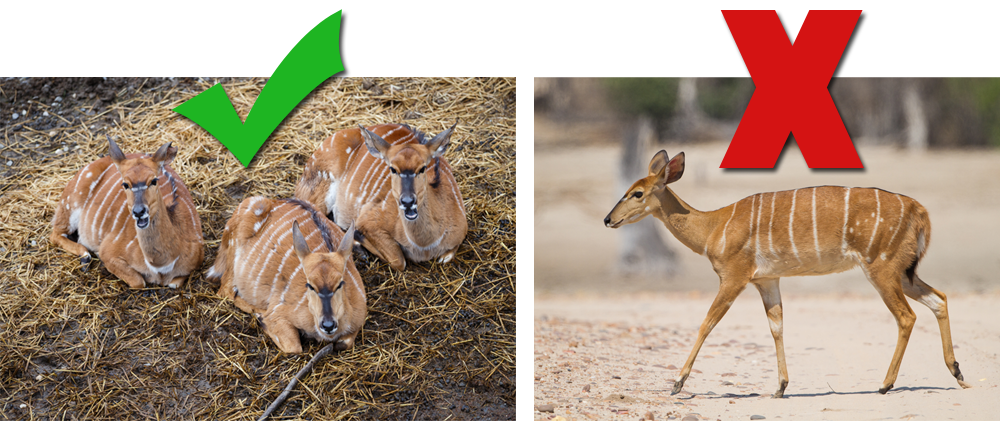
To make sure the system was working properly, they also set up an infrared camera that took pictures of the pen once per second, which were sent to Watson IoT Platform. The pictures were sorted based on whether the heater should be turned on or left off to see if the system was correct. So far, the system has gotten it right about 96% of the time. Wahoo!
Making it happen
Once the zoo is comfortable with the system, they’ll hook it up to the heater and let it run on its own. If it works and the zookeepers are happy with it, the system could be used to help heat the zoo’s other pens as well, as long as they are the right size and shape.

Using thermal sensors to detect people or other living things has tons of other uses besides zoos. It could be used to light up a train station, turn on the heaters in a bus stop, start an exhibit at a theme park, and so much more!
Can you think of some other ways this technology could be used?
Series in collaboration with:

IBM and the IBM logo are trademarks of International Business Machines Corp., registered in many jurisdictions worldwide.
Sources:
www.ibm.com/blogs/internet-of-things/iot-how-to-build-a-better-zoo-bed/
www.marwell.org.uk/zoo/news/74/marwell-zoo-heats-antelope-enclosure-using-artificial-intelligence


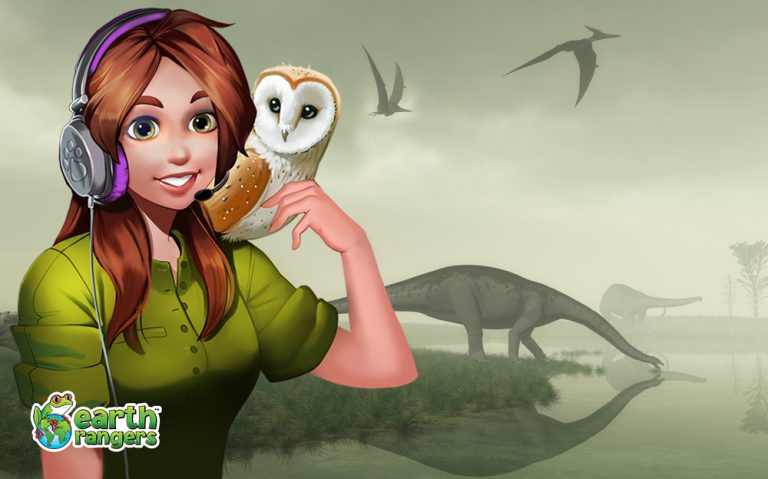

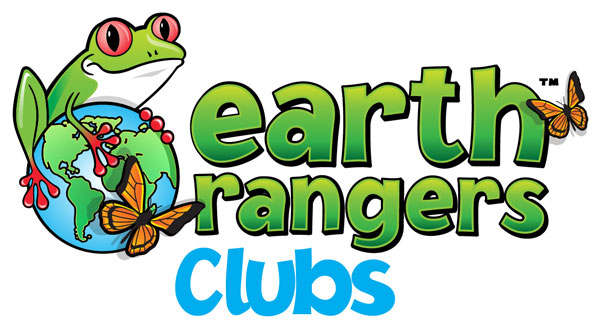
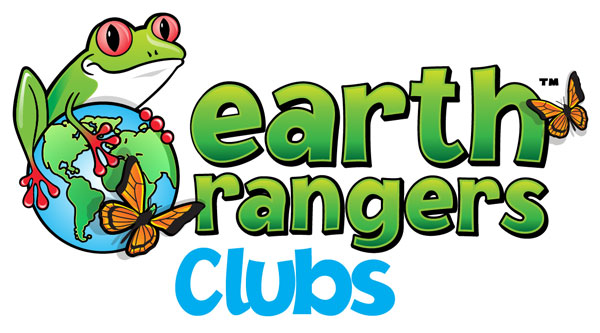
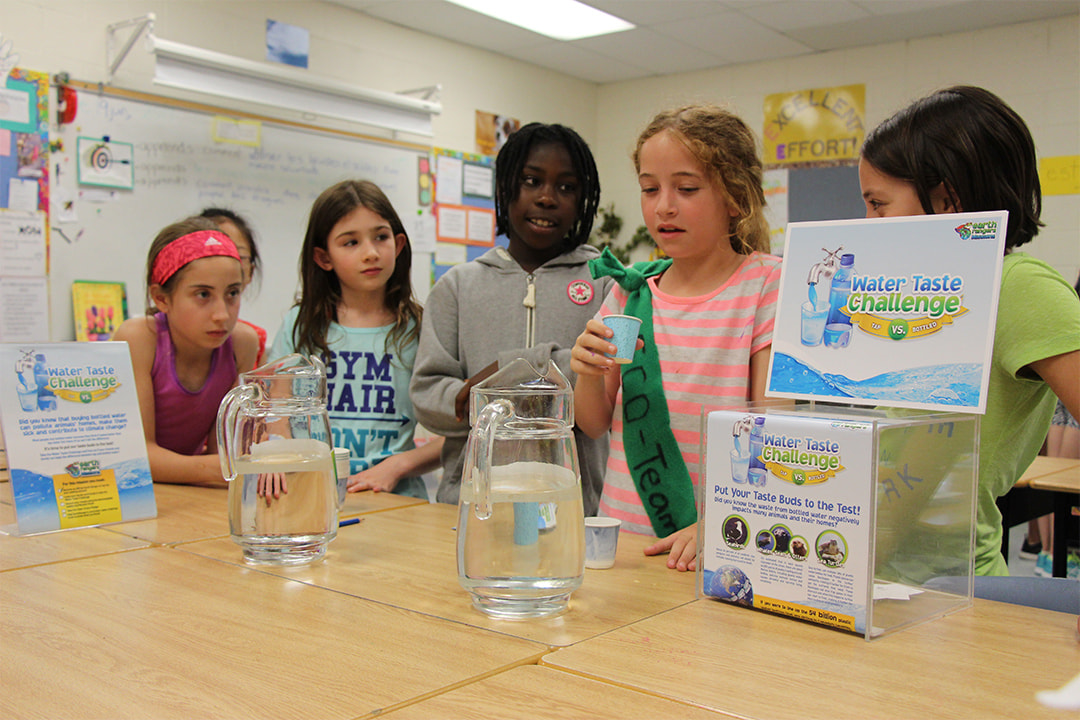

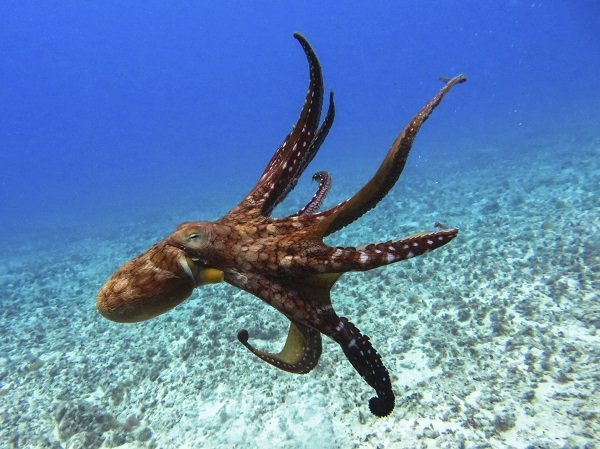 They play, have personalities and are excellent problem solvers. Researchers have observed them accessing their choice of clams to eat and making decisions about which ones they think are easiest to open.
They play, have personalities and are excellent problem solvers. Researchers have observed them accessing their choice of clams to eat and making decisions about which ones they think are easiest to open.